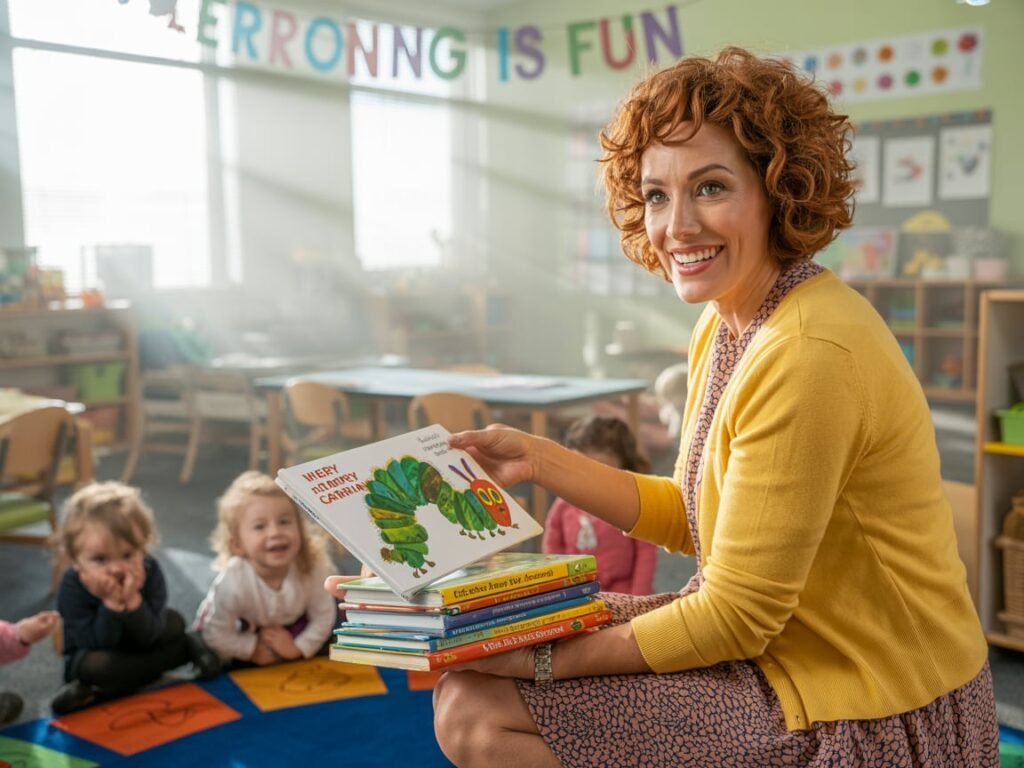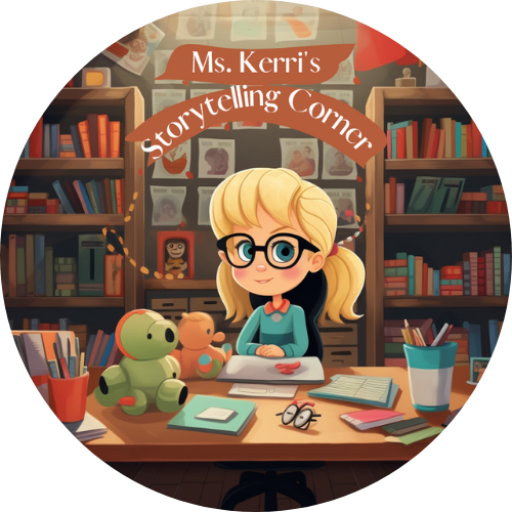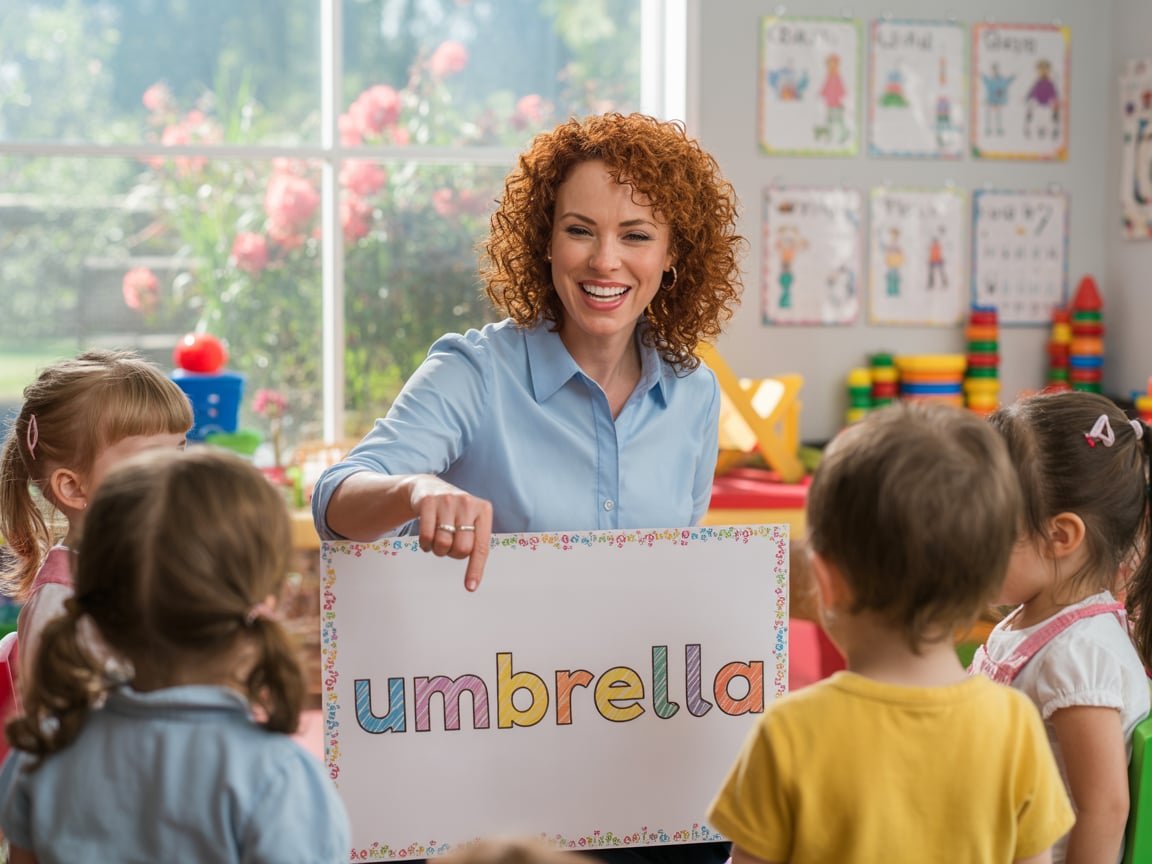I still remember the night my daughter threw her phonics workbook across the room and declared she was “too dumb for letters.” She was five years old, and what should have been an exciting journey into reading had become a nightly battle that left us both in tears.
That’s when I realized we were doing this all wrong. Kindergarten is supposed to be magical – full of discovery and wonder. But somewhere along the way, teaching letter sounds had become this high-pressure race that was stealing the joy from learning.

The truth is, most kindergarteners aren’t developmentally ready for the intense phonics instruction we often throw at them. Their little brains are doing incredible work, but they need time, patience, and a much gentler approach than what many programs demand.
Why So Many Kids Get Overwhelmed
When I stepped back and really looked at what we were asking five-year-olds to do, it suddenly made sense why so many were struggling. We were expecting them to juggle letter names and letter sounds at the same time, blend sounds immediately into words, and articulate everything perfectly – all while sitting still and paying attention.
That’s like asking someone to learn to drive while also learning to read a map and memorizing traffic laws. Young brains simply can’t handle that much cognitive load at once.
The pressure doesn’t help either. When children sense that getting the right answer is really important to the adults around them, they often shut down after making mistakes. Instead of exploring and learning, they start memorizing just to make us happy. Worse yet, they begin to see reading as something they’re either “good at” or “bad at,” rather than something everyone can learn with time.
Some kindergarteners genuinely aren’t ready for formal phonics instruction yet. They might still need to develop their ability to hear individual sounds in words, or they need more time building their spoken vocabulary. Others aren’t quite ready for the fine motor demands of writing letters. This isn’t a problem – it’s just normal development happening at its own pace.
Here’s what I wish I’d understood earlier: when children resist learning, they’re not being defiant. They’re protecting themselves from something that feels too hard or too stressful. Their brains are literally saying, “This doesn’t feel safe, so I’m going to shut down.”
A Gentler Way to Teach Letter Sounds
Once I understood why traditional approaches weren’t working, everything changed. Instead of fighting against my daughter’s natural development, I started working with it.

Focus on sounds before letter names. Instead of saying “This is the letter B, which says /b/,” just focus on “/b/ like ball.” Young brains can only hold so much information at once, so why not make it simpler? Play “Sound Spy” in the car: “I hear /s/… is it sun or tree?” Sing silly rhyming songs without showing any printed letters. Let their ears get really good at hearing sounds before adding the visual complexity of letter symbols.
Keep lessons tiny. Five minutes is plenty for most kindergarteners, and honestly, three minutes might be better. But here’s the key – do it several times throughout the day instead of one long session. Trace a letter in pudding during snack time. Hunt for the /m/ sound while reading a bedtime story. Whisper sounds while swinging at the playground. Stop before they get tired or frustrated. Leave them wanting more, not dreading the next lesson.
Start with letters that matter to them. Begin with sounds that appear in their name or favorite words. If they’re obsessed with LEGOs, start with /l/. If they love their little brother Max, /m/ becomes much more interesting. Choose sounds that are easier to pronounce and feel different in their mouth – /m/ with lips pressed together versus /o/ with mouth wide open.
When they make mistakes – and they will – make it no big deal. “Close! That word starts with /d/. Listen: /d/… dog.” Keep your voice warm and encouraging. If they get stuck, try saying, “Let’s figure this out together!” or “Your mouth is ready – /m/ is the ‘yummy sound’!” Give them choices when they’re struggling: “Does ‘cat’ start like ‘cookie’ or ‘apple’?”
Connect everything to their real world. Teaching letter sounds works best when it’s tied to things they already care about. “M is for Mia AND mom AND the milk we’re drinking!” Let them write letters in shaving cream during bath time, or shape them with play dough. Have them jump on letter mats or toss bean bags at sound targets. The more senses involved, the better it sticks.
Making Learning Feel Like Play
The best phonics instruction doesn’t feel like instruction at all. Try having a casual “sound of the day” at breakfast. “Today’s sound is /p/! Can you find things that p-p-pop?” Look for pancakes, plates, maybe even the spoon (oops, that’s /s/!). Keep it light and fun – no need to find every possible example.
Create a mystery box filled with household objects like a pen, sock, and fork. Let your child pull something out and identify its starting sound. Make it silly sometimes: “What if ‘fork’ started with /b/? Bork!” The giggles help the learning stick.

During neighborhood walks, notice letters on signs and in the environment. “That sign says ‘STOP’ – /s/ is the first sound!” But resist the urge to quiz them. Instead, try “I see a letter that says /s/. Can you see it too?” This invites exploration instead of creating pressure.
When to Take a Break
Sometimes the kindest thing you can do is step back from formal letter sound instruction entirely. If your child starts saying things like “I’m bad at letters” or “I hate reading,” it’s time to pause. If they’re guessing randomly instead of really thinking about sounds, or if they’re avoiding activities they used to enjoy, they need a break.
When this happens, shift your focus back to oral language. Tell stories together, sing songs, play word games that don’t involve any letters at all. Let them remember that language is fun and magical. When you do reintroduce sounds, make it purely playful with no corrections or expectations.
Don’t hesitate to talk with their teacher if frustration continues. Sometimes children need extra support, and there’s no shame in asking for help.
Playing the Long Game
I used to worry that taking a gentler approach would somehow put my daughter behind. What I learned is exactly the opposite. Children who associate early literacy with warmth and joy – not pressure and stress – become stronger readers in the long run.
They have more stamina for reading because they haven’t already burned out on it. They’re better at correcting their own mistakes because making errors was never scary. Most importantly, they see themselves as readers, which becomes a self-fulfilling prophecy.
Now when I’m planning any phonics activity, I ask myself one simple question: “If this is my child’s only memory of learning to read, would they want to keep doing it?”
Teaching letter sounds to kindergarteners isn’t about speed or perfection. It’s about nurturing curiosity, building confidence, and keeping alive that natural love of language that every child is born with. When we get that right, everything else follows naturally.


Ms. Kerri’s Corner provides a exciting virtual space for preschool learning. Through a variety of engaging activities, she exposes young minds to early math, literacy, science and social-emotional skills in a developmentally appropriate way. Centers for blocks, art, books and music allow children to explore hands-on learning at their own pace. Guided lessons subtly introduce number sense, letter sounds and narrative thinking. Careful observation gives insight into each child’s progress across domains. Viewers are also invited to participate, reinforcing that their ideas are valued. By making learning fun yet purposeful, Ms. Kerri lays the groundwork for future academic success while fostering creativity and imagination. Her program offers preschoolers valuable screen-based learning experiences.




